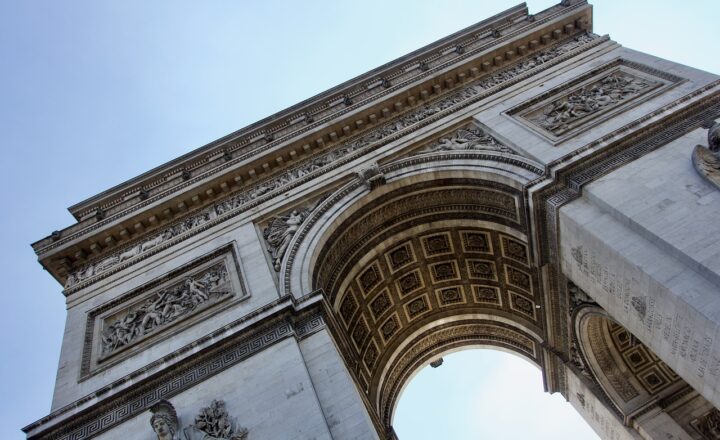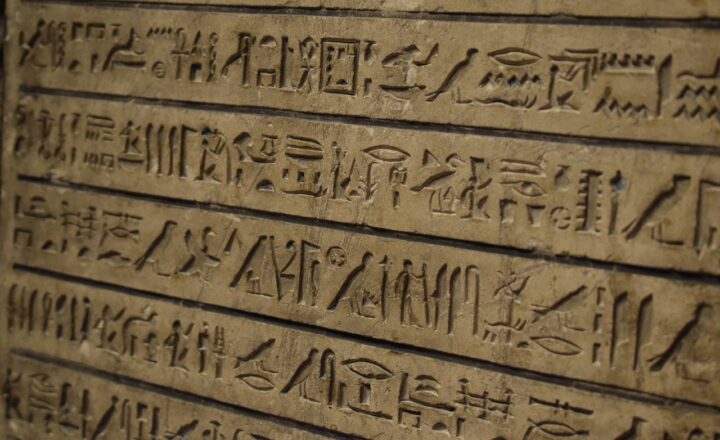The Lost Labyrinth of Egypt: Myths, Discoveries, and Ongoing Excavations
November 15, 2024

The allure of ancient wonders has captivated humanity for centuries, and few stories intrigue archeologists and history enthusiasts quite like that of the Lost Labyrinth of Egypt. Often overshadowed by more famous monuments such as the Pyramids of Giza and the Sphinx, the Labyrinth’s mystique lies in its majesty, enigma, and the tantalizing clues left behind by past explorers.
—
### 1. The Myth of the Labyrinth
The Labyrinth is described in ancient texts, notably by Herodotus, a Greek historian of the 5th century BCE. According to his accounts, it was constructed by the Pharaoh Amenemhat II during the Middle Kingdom, containing hundreds of rooms arranged in a perplexing design, rivaling even the great pyramids. Herodotus notes:
> “It has a thousand columns in it, all of white stone, and it is like a maze, where anyone who enters will have a hard time finding a way out.”
For centuries, scholars speculated about the Labyrinth, considering it a fictionalized construct, a mere figment of the imagination. Nevertheless, its legends continued to be a source of fascination, evoking questions: Did it exist? What did it look like? What purpose did it serve?
—
### 2. Historical Accounts and Descriptions
In addition to Herodotus, other ancient writers, including Strabo and Pliny the Elder, referenced the Labyrinth in their works. Strabo described it as a site that could rival the pyramids in its grandeur. The Labyrinth was said to incorporate various architectural styles and displayed an advanced engineering design, hinting at the sophistication of ancient Egyptian civilization.
Moreover, its supposed location in the shadow of the Temple of the Crocodile God, Sobek, at the ancient city of Lake Moeris (now El Fayoum), further fueled interest among archaeologists. The connection to this sacred temple made it a site of immense religious significance.
—
### 3. Discoveries and Archaeological Pursuits
Fast forward to 1889, when the first significant investigation occurred. The French archaeologist **Auguste Mariette** uncovered what is believed to be the remnants of the Labyrinth during his excavations at Lake Moeris. He found an impressive structure beneath the sand, marked by a foundation made of large limestone blocks. Although Mariette pointed to the discovery as the lost Labyrinth of Egypt, the more substantial excavation work lay ahead.
In the 1920s, further excavations were undertaken by archaeologist **Hermann Thiersch**, who meticulously documented what he believed to be sections of the Labyrinth. His results were promising, revealing a series of intricate chambers and corridors that echoed Herodotus’ descriptions. However, the excavation’s ultimate fate remained ambiguous due to political instability in Egypt during the early 20th century.
—
### 4. Recent Developments: Technology Meets Archaeology
Today, the scientific community uses cutting-edge technology to uncover the mysteries of the Labyrinth. In 2015, a team of Egyptian archaeologists, collaborating with international experts, employed satellite imagery and ground-penetrating radar to search for the elusive structure. The results indicated the presence of vast architectural remains beneath the sands of Fayoum that corresponded with the dimensions described in ancient texts.
Their findings are more than just relics; they represent an ambassadorial mission to re-establish Egypt’s rich historical empire in the eyes of the world. The implications of their work extend beyond pride in heritage. They pose significant questions regarding ancient engineering techniques, urban planning, and the socio-political dynamics of ancient Egyptian civilization.
—
### 5. Cultural Significance and Legacy
The Labyrinth’s stories have inspired countless narratives in popular culture more than merely an architectural enigma. It has been interwoven into modern literature, films, and art, evolving from a historical curiosity into a symbol of mystery and exploration. The notion of a labyrinth symbolizes one’s journey through life, riddled with twists and turns.
Moreover, as excavations continue, the Labyrinth may offer crucial insights into the lives of ordinary Egyptians who lived during ancient times. By understanding how they navigated their world, we gain a unique perspective on human resilience and adaptability, two traits that transcend time.
—
### 6. Conclusion: The Journey Ahead
While many questions about the Lost Labyrinth remain unanswered, the ongoing excavations and technological advancements promise new discoveries. The fascination with what lies beneath the sands of Egypt reflects humanity’s innate curiosity—a yearning to understand one’s past.
For archaeologists and enthusiasts alike, the journey to uncover the Lost Labyrinth of Egypt represents not just an exploration of history but a celebration of life itself. And as they delve deeper into the sands of time, we hold our collective breath, eager for the day when the Labyrinth reveals its secrets once and for all.
With each discovery, we inch closer to understanding the greatness of a civilization that once thrived and continues to inspire generations far beyond its existence.
—
In a world of constant change, the Lost Labyrinth of Egypt stands as a testament to the remarkable achievements of the past and our ongoing quest for knowledge and discovery.








